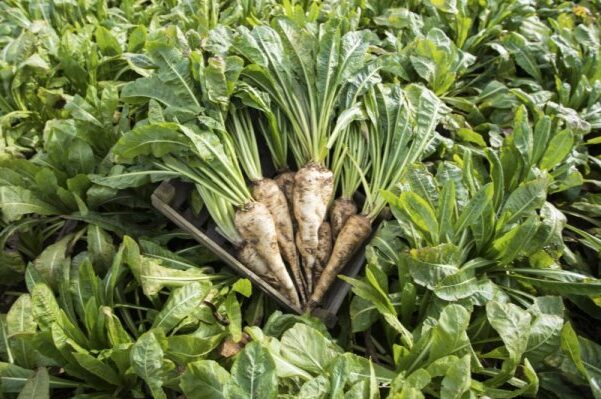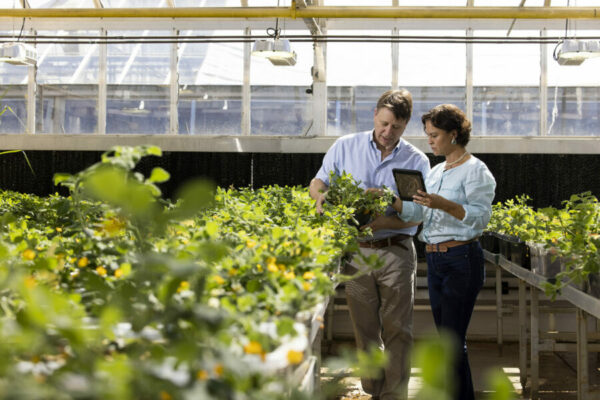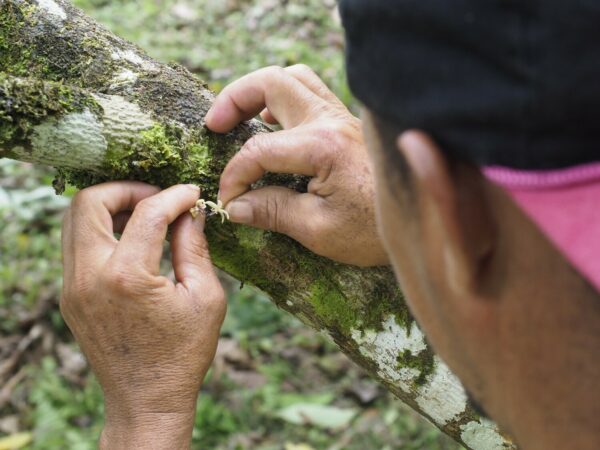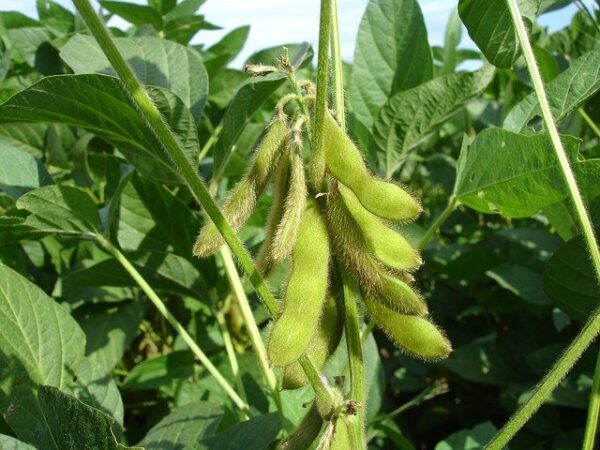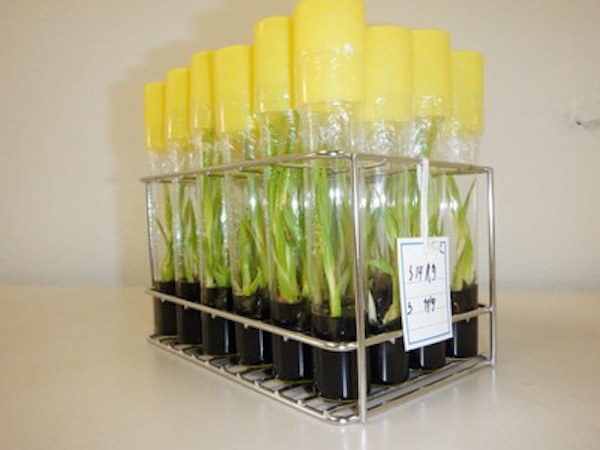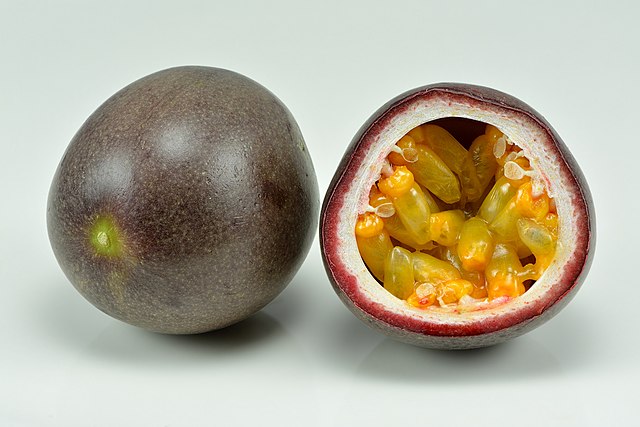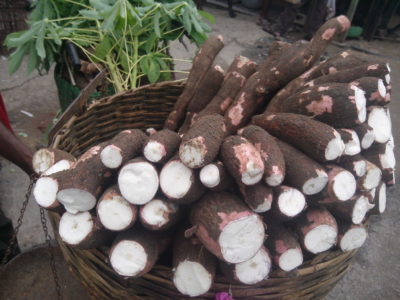
The global decline of pollinators threatens the reproductive success of 90 per cent of all wild plants globally and the yield of 85 per cent of the world’s most important crops. Pollinators – mainly bees and other insects – contribute to 35 per cent of the world’s food production. The service provided by pollinators is particularly important for securing food produced by the more than two billion small farmers worldwide.


